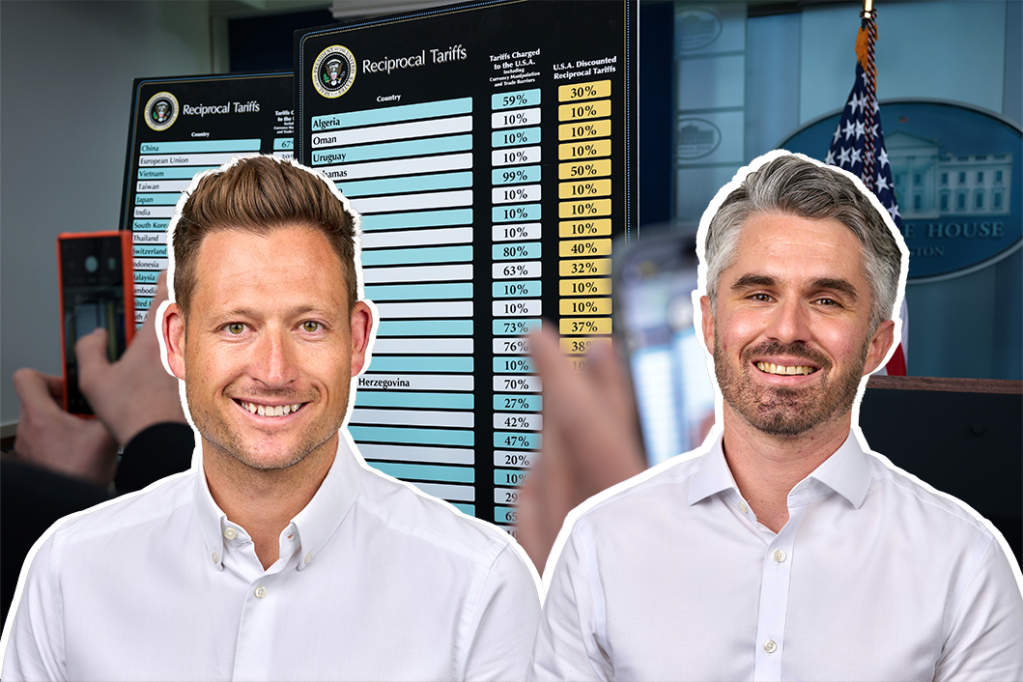People working in compliance at global banks tend to fit a certain type. They are usually calm, considered individuals, given to offering level-headed assessments of the challenges they face. But if recent conversations are any indication, there are problems ahead in the area of European reporting requirements on sustainable finance. The issue is causing more than just some gently raised eyebrows.
When I recently asked one compliance expert for his view on the new Sustainable Finance Disclosure Regulation (SFDR), he responded with an uncharacteristic tirade of expletives. To paraphrase (and save offence), “it’s a nightmare”, he said.
Even the EU’s own regulators have struggled with it. Particularly challenging is the fact that the data is not available and so it is difficult to say whether a product meets the criteria to warrant the label of being a ‘sustainable investment’, even if you are pretty sure it does. Do you take a risk? If so, will you get dinged for greenwashing and trash your brand? What are others doing in the market? A lot of firms are claiming products are SFDR sustainable in whole (Article 9 funds) or in part (Article 8 funds). But do they have the data, or are they chancing it? What do you do when your firm’s leadership are asking ‘everyone else is doing it, so why can’t we?’
The SFDR’s nightmarish characteristics extend beyond its scope, since the EU has decided to borrow a chunk of its terms for its MiFID II ESG-related product governance and suitability rules.
The SFDR only applies to funds and portfolio management. But unfortunately, its nightmarish characteristics extend beyond its scope, since the EU has decided to borrow a chunk of its terms for its MiFID II ESG-related product governance and suitability rules. At the same time it has managed to add an additional layer of confusion, by only cherry-picking certain bits of SFDR in a nicely counter-intuitive manner.
In some instances, SFDR is referenced directly, in others the language of SFDR is used, but the regulation itself isn’t directly mentioned or referenced. Lawyers and consultants bought in to demystify its scope and application have had to hold their hands up and concede the whole set of requirements is equivocal and unsatisfactory.
Moreover, when it comes to selling ESG products, distributors like to have details of their features, generally, but also in some instances (e.g. MiFID II product governance rules) the law requires it.
EU ESG template
So, as with MiFID II and PRIIPs, the industry is putting together a standardized Excel spreadsheet template with fields for each of these requirements called the EU ESG Template (EET). The thing is a beast containing hundreds of fields relating to various EU laws from the SFDR to MiFID II and the EU Taxonomy Regulation. Unfortunately, as currently formulated, it’s a mess and many in the industry are not confident with how it is being formulated.
All of the above woes have meant that in some instances, firms are having to change their labelling, with some Article 9 funds (aka products targeting sustainable investments) being downgraded to Article 8 funds (environmentally and socially promoting) and some Article 8 funds now being downgraded to Article 6 funds (those that do not integrate any sustainability into the investment process). To an outsider this suggests it’s because the fund isn’t sustainable. But that may not be the case. In some cases the firm knows the fund is sustainable, but doesn’t have enough supporting data to classify it as such, based on the way the EU rules have been formulated.
Risk appetite
For cautious firms, such as the one the above compliance manager works for, this means downgrading funds even where they are very likely to be fully SFDR compliant. For more aggressive firms, with greater risk appetite, they are simply opting to take the risk.
At our recent Round Table for Hedge Funds (see page 30), a number of conversations were had around the difficulties of managing SFDR requirements. A number of attendees highlighted frustrations with the new rules. But it’s not only the lack of clarity and data that’s proving challenging. Firms also can’t find and retain talented people to manage ESG. It’s a specialist area and talent is in demand. In short, SFDR is causing headaches for compliance, legal and beyond.












